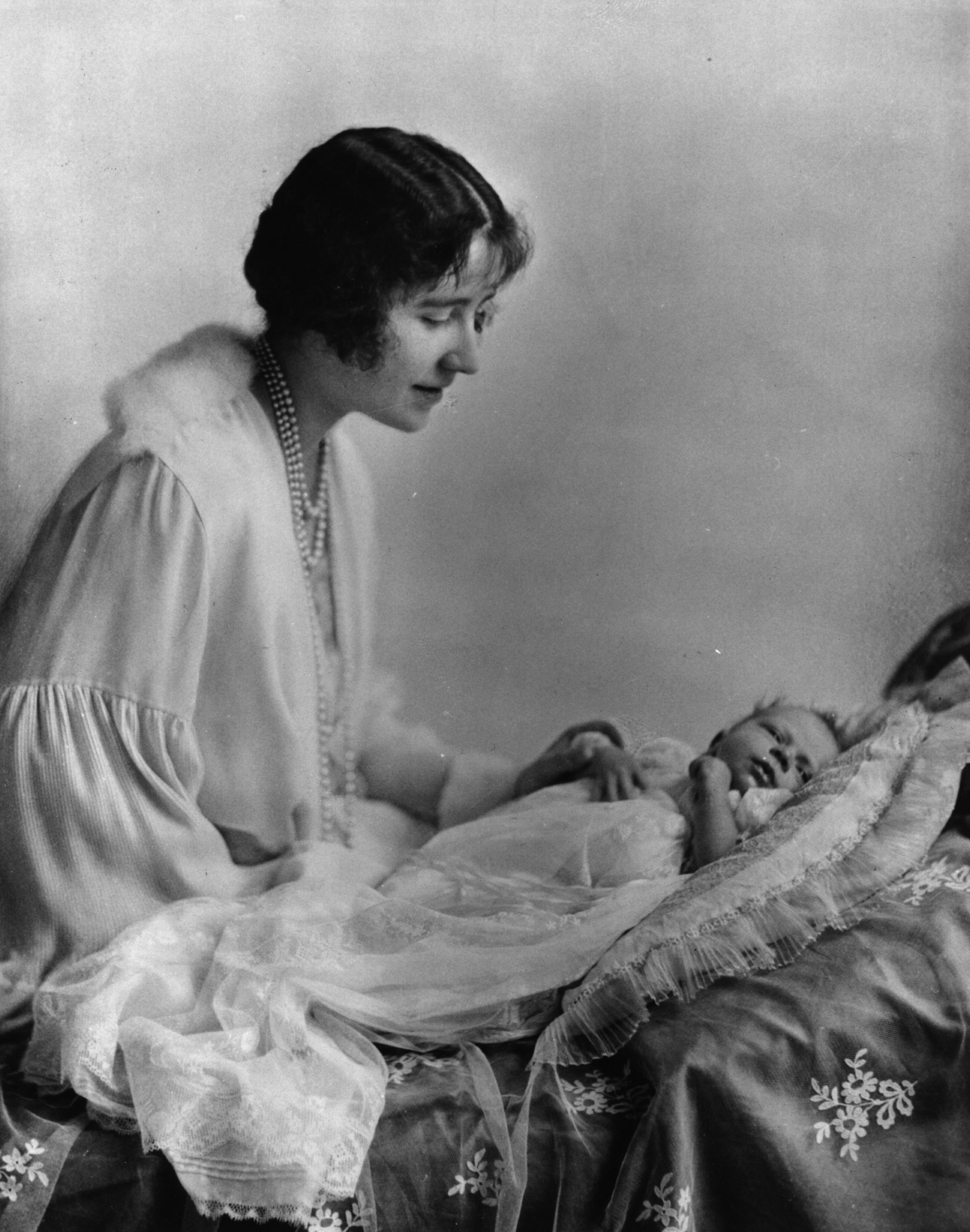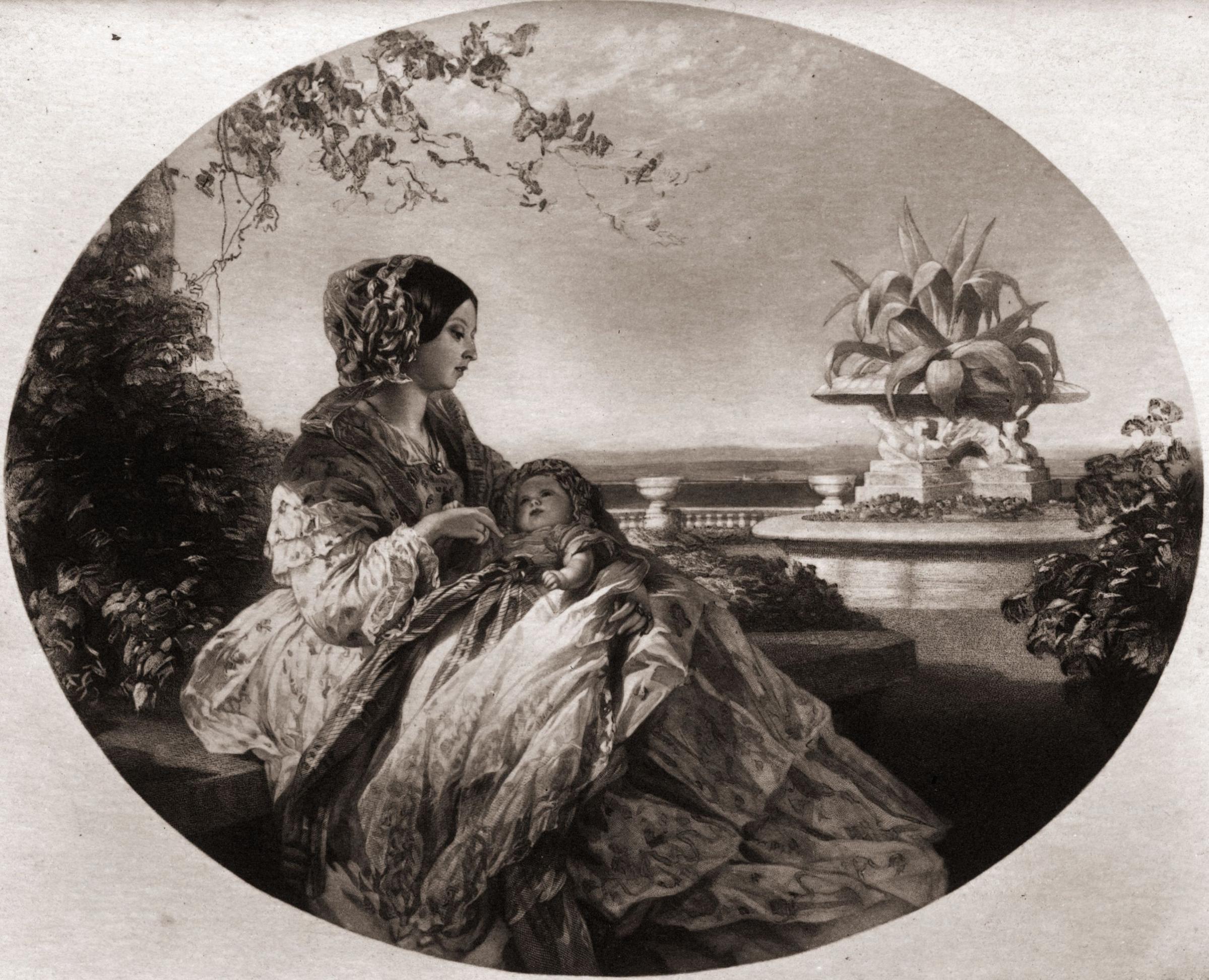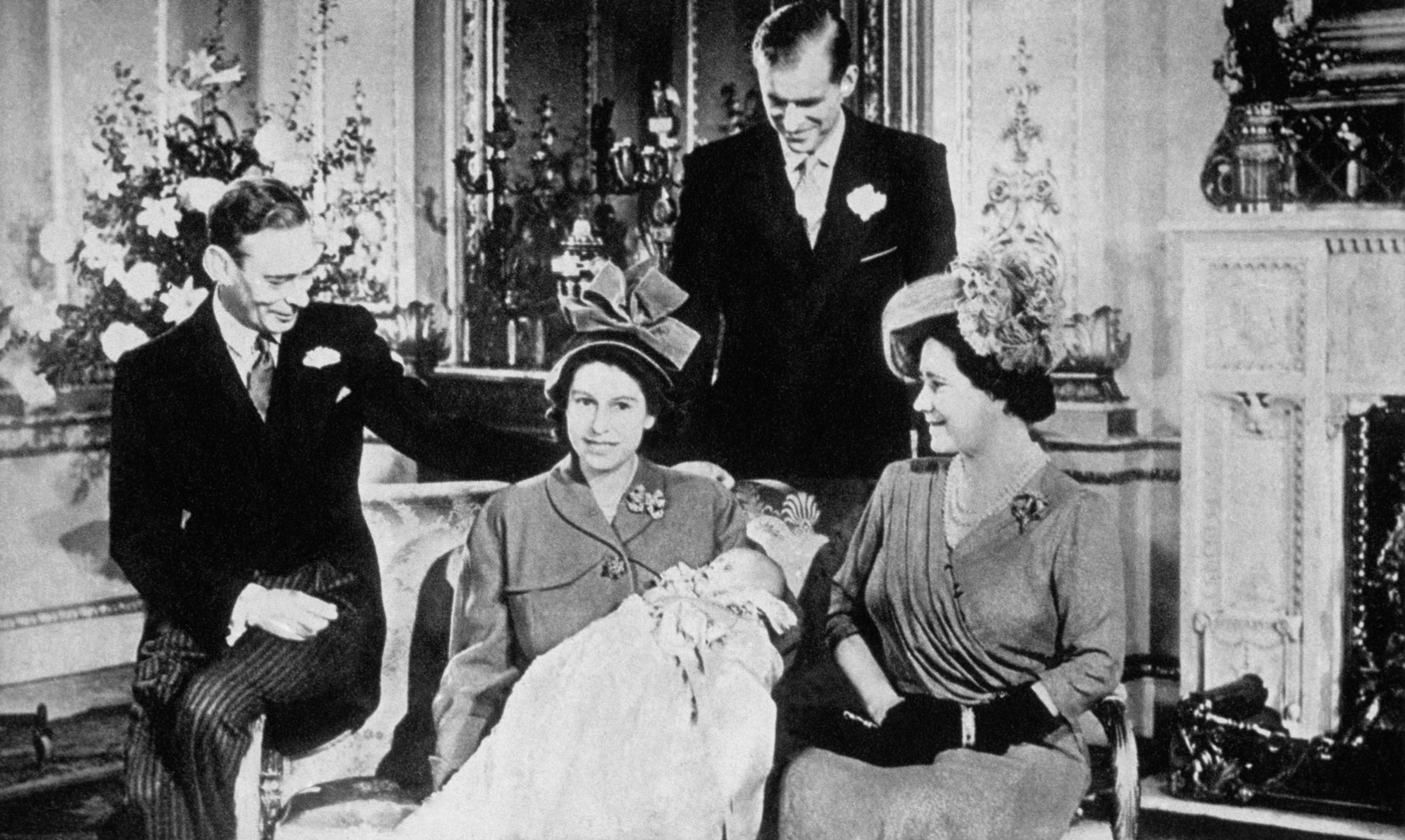Meghan Markle, the Duchess of Sussex, gave birth to her first child with Prince Harry on Monday — a baby boy who is seventh in line to the throne, the couple confirmed.
The royal family says it plans to keep private the details about how the 7lbs-3oz baby was born, there has been a lot of speculation already, including rumors that she was hiring a doula and that she would give birth at Frimley Park Hospital in Surrey.
TIME spoke to experts on the history of the British royal family about how the birth of the royal baby has changed over the years and compiled a guide to past expectations of what to expect when you’re expecting a royal baby.
Where is the royal baby born?
The short answer is that for most of British history, royal babies got the royal equivalent of a home birth, as they were born in palaces and residences.
Queen Victoria was born in the dining room of Kensington Palace in 1819 because the staircase that connected the room to the kitchen was convenient for fetching supplies, like hot water. Princess Margaret held the distinction of being the first royal baby born in Scotland since 1600, when she was born at Glamis Castle in 1930. Her sister, now Queen Elizabeth II, was born in the London home of her maternal grandparents, the Earl and Countess of Strathmore in 1926. Prince Charles was born in 1948 at Buckingham Palace.
His son Prince William became the first direct heir to the throne born in a hospital in 1982, and his brother Prince Harry followed in 1984. In recent years, Prince William and his wife Kate Middleton have also chosen to give birth at the Lindo Wing at St. Mary’s Hospital in London.

No matter the location, preparations for a royal baby would start well before a royal mother went into labor.
As far back as Tudor times, royal women disappeared from public view during the weeks preceding the arrival of the baby, so that they would be spared having to wear the corsets and restrictive clothing that women were expected to wear in public. Giving birth was long known by the euphemism of “confinement” and, fittingly, according to historian Carolyn Harris, author of Raising Royalty: 1000 Years of Royal Parenting, royal mothers would go into confinement about a month before actually giving birth. That tradition can be traced back to ordinances attributed to Henry VIII’s grandmother, Margaret Beaufort, who wanted the room in which she gave birth to be an exclusively female space, illuminated by candle light, a single small window, and decorated only with tapestries with happy scenes. The first royal child born after the mother secluded herself in that way was Henry VIII’s elder brother Arthur Tudor in 1486.
Markle has somewhat followed in this tradition: while she appeared at an event in March to honor victims of the New Zealand shootings, as of mid-March she had no more public appearances on her schedule.
Who delivers the royal baby?
Royal watchers in the 17th century hailed the arrival of a midwife from France as a sign that Queen Henrietta Maria was going to give birth imminently. Odes to the midwife appeared in the popular press of the 1630s. But, while the royal bed chamber was initially supposed to be an exclusively female place during the confinement, the midwives eventually began working in tandem with male doctors.
“In the 18th century, there’s a switch-over from midwives delivering royal babies to male doctors,” says Lucy Worsley, Chief Curator at Historic Royal Palaces and author of Queen Victoria: Twenty-Four Days That Changed Her Life. “The weird irony is that birth is often more dangerous to royal women,” she argues, because it becomes “socially inappropriate” for a seasoned midwife to deliver the baby, as opposed to a male doctor who is very distinguished and high up on the social ladder but “not used to delivering babies.”
Queen Victoria’s cousin Princess Charlotte died in 1817 of a postpartum hemorrhage after giving birth to a stillborn son. “The doctor didn’t use the new forceps in the room,” Worsley explains, “and mother and baby had died, so there was a lot of criticism that the doctor had been too cautious in terms of delivering children.”
Queen Victoria herself had no qualms, however, about adopting the latest medicine had to offer when giving birth to her eighth and ninth children. Her physician John Snow gave her chloroform as an anesthetic when she gave birth to her eighth child, Prince Leopold. “This was really controversial,” says Worsley. At the time, clergymen believed that women were supposed to give birth in pain, quoting the book of Genesis in the Bible, in which God tells Eve that “in sorrow, thou shalt bring forth children.” As a result, mainstreaming the use of a painkiller during labor is among the many precedents Queen Victoria played a role in setting in U.S. and U.K. society.

Who else is in the delivery room?
Though childbirth is often a private experience these days, some royal women had to give birth in public — after what Worsley describes as a fake-news crisis that had huge geopolitical consequences.
There were rumors that King James II and Mary of Modena had a baby who died, and that they’d snuck in a replacement baby in a warming pan. “This incredible disinformation campaign is one of the big factors that leads to the so-called Glorious Revolution in 1688,” Worsley says, as James II, who was controversially Catholic, was overthrown after only a few years on the throne.
As a result, it became clear that the birth of the royal baby, as well as the cutting of the umbilical cord, had to be witnessed by several government ministers. In one notable exception, Queen Victoria only wanted a select group in the room when she gave birth — her husband Prince Albert, the doctor and attending ladies — so government ministers gathered in adjoining rooms, peering through a succession of open doors arranged en enfilade. Even so, this tradition held true through to the 20th century, especially for babies high in the line of succession to the throne.
“Until the birth of Prince Charles [in 1948], the Home Secretary had to be on hand for the births of direct heirs to the throne,” says Harris, “but it had already been made clear that the Home Secretary didn’t have to be present for people further down the line of succession.”

Whether the father was in the room was a matter of personal preference. Prince Philip was playing squash when Queen Elizabeth II gave birth to Prince Charles, as the social conventions of the time didn’t hold that fathers were expected to be present. Nowadays it would be surprising if Prince Harry were not in the delivery room.
One aspect of a royal birth, however, hasn’t changed at all: the birth of the royal baby has always been a public spectacle, no matter how private the Duke and Duchess of Sussex want to be.
“A royal person, historically, is not a private individual, but public property,” as Worsley puts it, “so any idea of privacy goes out of the window.”
Correction, April 16
The original version of this story misstated the year Prince William was born. He was born in 1982, not 1984.
More Must-Reads from TIME
- L.A. Fires Show Reality of 1.5°C of Warming
- Home Losses From L.A. Fires Hasten ‘An Uninsurable Future’
- The Women Refusing to Participate in Trump’s Economy
- Bad Bunny On Heartbreak and New Album
- How to Dress Warmly for Cold Weather
- We’re Lucky to Have Been Alive in the Age of David Lynch
- The Motivational Trick That Makes You Exercise Harder
- Column: No One Won The War in Gaza
Write to Olivia B. Waxman at olivia.waxman@time.com